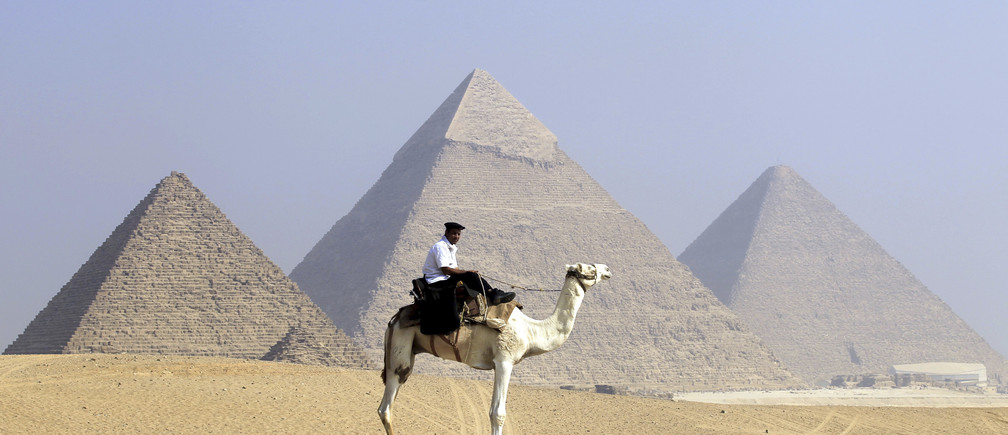As the contributions of solar PV and wind power to electricity systems keep growing around the world, governments and industry are challenged to address the critical work of integrating these variable renewables into their electrical grids. This is essential to make sure that countries can benefit from higher shares of renewable power while ensuring grid stability and avoiding shortages.
For this reason, the German Federal Ministry for Economic Affairs and Energy and the International Energy Agency convened the Global Ministerial Conference on System Integration of Renewables in Berlin last week to share best practices and innovative ideas to fully grasp the opportunities of wind and solar.
“Wind and solar are critical pillars of the world’s efforts to tackle climate change, reduce air pollution and provide energy access to all,” said Dr Birol, the IEA’s Executive Director. “Their declining costs are a huge opportunity. But power systems need to become more flexible and market designs must be adapted in order to avoid unintended impacts on electricity security.”
The Conference was attended by high-ranking officials and industry CEOs, including Ministers, Deputy Ministers and State Secretaries from the countries of Sweden, Thailand, Japan, Morocco, Poland, Switzerland and the United States. It was co-chaired by Dr Fatih Birol and Peter Altmaier, the German Federal Minister for Economic Affairs and Energy.

New IEA initiatives to boost energy efficiency
At the recent UN Climate Action Summit in New York, 15 leading countries committed to accelerate progress on energy efficiency, an area where urgent action can help the world to achieve key sustainability goals.
This new coalition of governments, businesses and institutions including the IEA will work to boost the annual improvement rate in global energy intensity to 3%. The rate is currently languishing close to 1%, which is much too weak to achieve international climate targets. The new initiative is called the Three Percent Club.
The IEA is also seeking your views on ways to accelerate global energy efficiency progress. This week, the Global Commission for Urgent Action on Energy Efficiency will launch a short online survey through which you can provide input for its work recommending policy actions that can be taken by countries around the world. If you’re interested in participating, check our site for more information in the coming days.
Country focus: Estonia
Estonia’s energy supply is unique among IEA member countries because of its strong reliance on domestically produced oil shale, which dominates electricity generation. This provides the country with a high degree of energy independence, but it also gives Estonia the highest carbon intensity of all IEA countries.
In the future, Estonia’s transport and power sectors will need to shift to lower-carbon energy sources while its industry is set to move towards extracting higher value from the country’s oil shale.
“This transition represents a major economic and social challenge, and we recommend that it be supported by identifying cost-effective pathways for the decarbonisation of the energy sector,” said Dr Fatih Birol.
Learn more in the 2019 Energy Policy Review of Estonia, the first review by the IEA since the country became the 29th member of the organisation in 2014.
Energy Snapshot
Variable renewable energy shares in total electricity generation for G20 members, 2018.
Variable renewable energy (VRE), such as wind and solar PV, are essential for meeting future energy needs while decarbonising the power sector. There has been a dramatic expansion of VRE deployment in recent years thanks to rapidly falling costs and supportive policies. However, the inherent variability of wind power and PV power raises new challenges for power systems operators and regulators.
Integrating the first few percentage points of VRE share in the generation mix poses few challenges for most power systems that are already designed to deal with the variability and uncertainty of power demand. Yet beyond these levels, as VRE penetration increases, there is an increasing need for power systems to adapt.
The IEA is a global reference for analysis of system integration of renewables, assisting policymakers and operators in adapting power systems in different local contexts to enhance system flexibility and to integrate larger shares of VRE. Explore all of the IEA’s work on system integration of renewables.
Acronym explained: CVC
Corporate Venture Capital, growth equity & late-stage equity investments in energy technology
Companies have already invested a record level in energy technology start-ups so far in 2019, more than in any year since the “cleantech boom” from 2005 to 2012. Some of this is Corporate Venture Capital (CVC), which is a subset of early-stage VC activity that comes directly from large companies in related sectors, and not from dedicated VC funds or financiers.
Importantly, these investments in energy technology start-ups are not just coming from energy companies. More money is flowing from corporate investors from the transport and information and communication technology sectors in particular.
The growing presence of these firms in the development of energy technologies reflects a blurring of the boundaries between “traditional” and “non-traditional” energy companies, largely driven by the types of new technologies that are expected to shape our energy future.
Digital sensors, batteries, electric vehicles and smart algorithms are among the main recipients of the more than $4 billion of deals in 2019.






